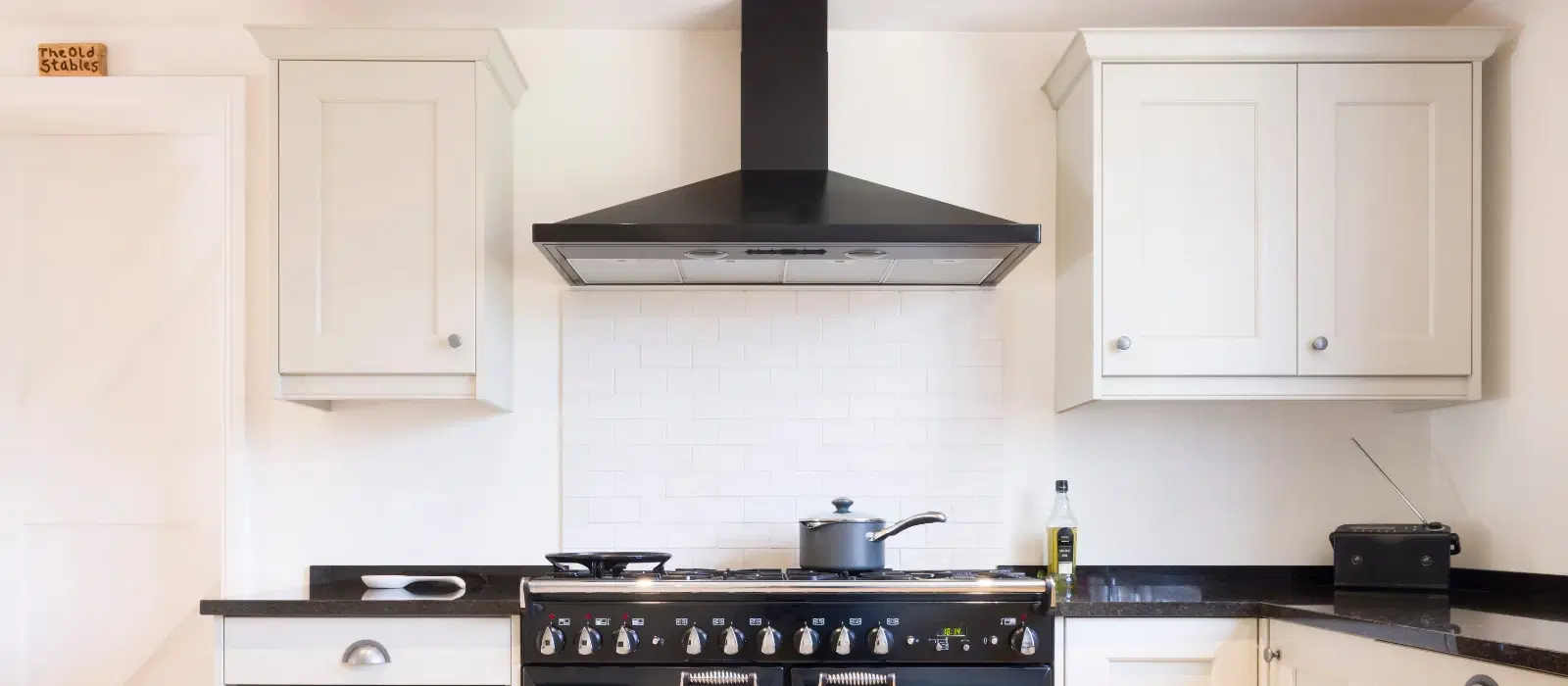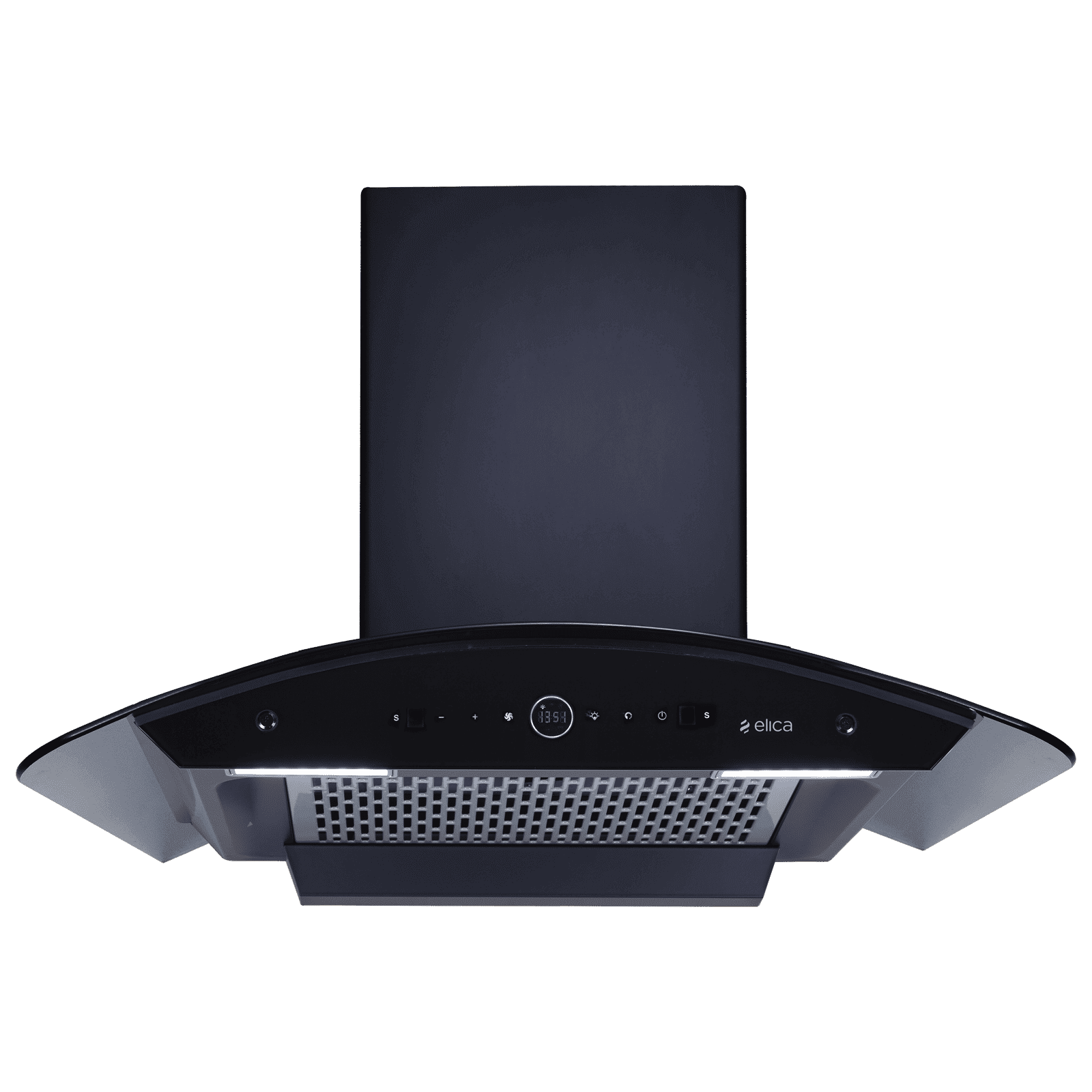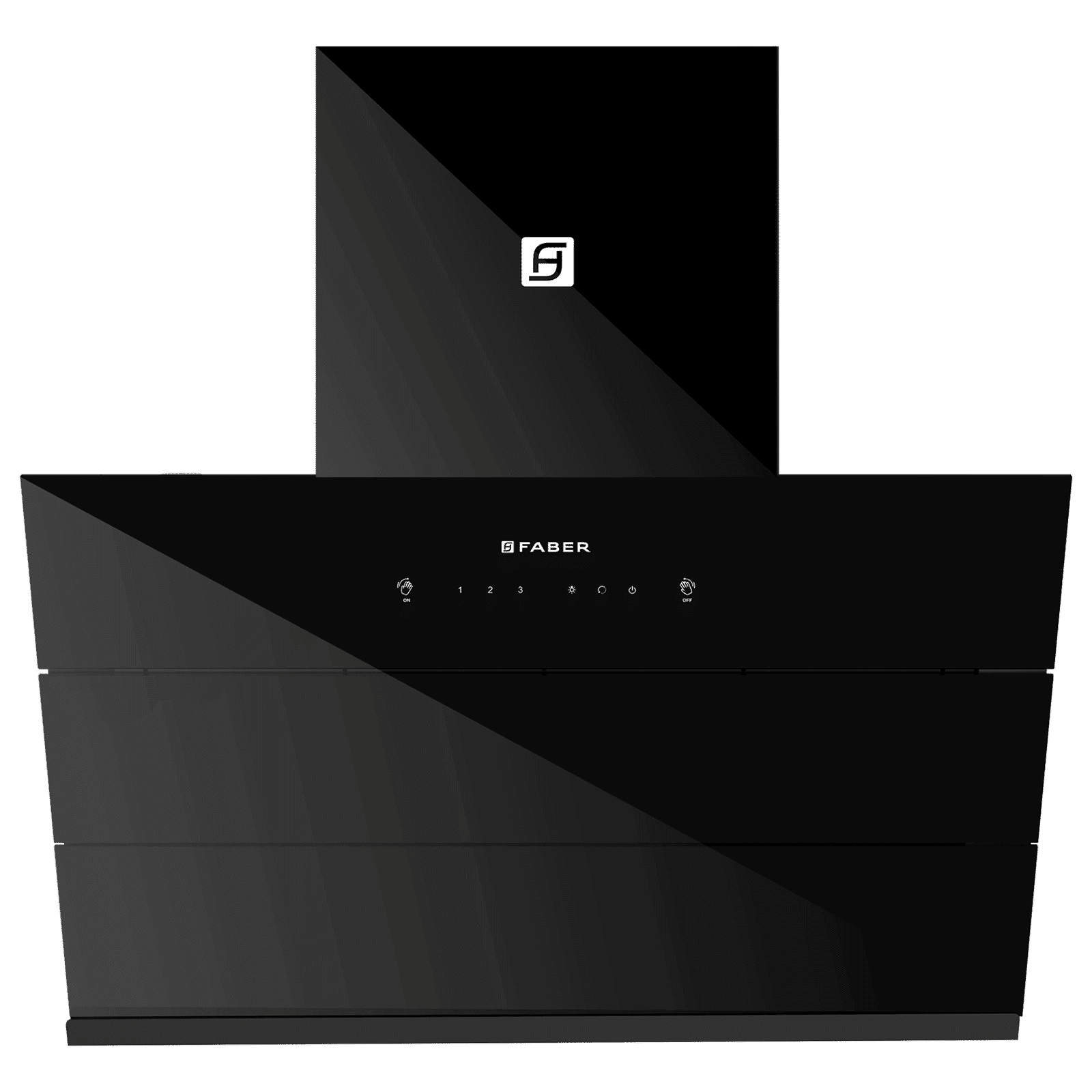
Home Appliances
•04 min read

Buy elica BFCG 600 HAC LTW MS NERO 60cm 1350m3/hr Ducted Auto Clean Wall Mounted Chimney with Touch Control Panel (Black) online at best prices from Croma. Check product details, reviews & more. Shop now!
Did you know that improper Kitchen Chimney height from stove can affect cooking efficiency and safety? Setting up your Kitchen Chimney isn’t merely about aesthetics—it ensures functionality, effective smoke ventilation, and overall comfort. In this guide, we walk you through an essential checklist to set the ideal chimney height, unlocking a safer and more efficient cooking environment. Whether your kitchen features a gas, electric, or induction stove, you’ll find valuable insights that neatly combine scientific basics with practical installation tips.
The first step is understanding the recommended gap between stove and chimney. This gap is more than a mere measurement—it governs how well the chimney will capture smoke and dissipate heat. Typically, the standard gap ranges between 24 to 36 inches above your cooking surface, though this can vary slightly between stove types. Maintaining the proper chimney height from stove is crucial not just for optimal suction, but also for preventing residual smoke and heat from affecting your kitchen environment.
For gas stoves, a height of 24 to 30 inches is usually recommended, while electric and induction stoves may require a slightly higher installation, typically between 30 and 36 inches. These measurements help ensure that smoke and heat are effectively managed, paving the way for more efficient cooking and enhanced safety.
Several factors play a role in determining the ideal chimney installation guide. Key factors include the ceiling height, type of stove, cooking habits, and overall kitchen layout. For instance, heavy cooking with high flames might necessitate adjustments to the standard measurements. Always consider the safe distance for kitchen chimney setup to ensure both performance and security in your space.
Calculating the perfect distance between stove and chimney can seem daunting, but a few simple steps can clear the ambiguity. Start by measuring from the top of your stove to the point where you want your chimney to be placed. Using a measuring tool or a height calculator can guide you in determining the ideal position, ensuring the chimney is neither too high nor too low.
The process is straightforward. Identify the highest point of your stove surface, add a recommended gap of 24 to 36 inches, and adjust according to the specific needs of your cooking appliances. Relying on accurate measurement tools is key to precision. Maintaining the optimal height for kitchen chimney ensures that your cooking area is free from unwanted smoke and that heat is properly managed.

Buy elica PRO PLUS FL BLDC 75cm 1600m3/hr Ducted Auto Clean Wall Mounted Chimney with Motion Sensor Control (Black) online at best prices from Croma. Check product details, reviews & more. Shop now!
Different stoves might require slight height adjustments for optimal performance. For example, gas stoves benefit from a lower chimney than electric models, while induction cooktops require a tailored fit to maximise efficiency. Incorporating chimney height adjustment tips into your installation strategy ensures that your chimney setup caters to your specific appliance needs, thereby enhancing safety and functionality within your kitchen.
Ensuring proper chimney installation can considerably improve your kitchen’s overall ambiance and efficiency. An incorrectly placed chimney not only disrupts the suction power but can also lead to discomfort during cooking. Best practices for chimney installation include careful and precise measurements, proper alignment, and adherence to safety standards such as electrical requirements and fire safety norms.
A well-positioned chimney ensures that cooking fumes are effectively drawn away, which in turn maintains a clean cooking environment. Keeping the recommended gap between stove and chimney as per your specific appliance helps optimise the suction power of your vent. This approach not only supports the effective removal of smoke but also contributes to a more efficient cooking process.
The layout of your kitchen influences the ideal chimney placement in kitchen spaces. In modular kitchens and open layouts, positioning is vital for both visual aesthetics and functional performance. Consider placing the chimney in a location that allows for seamless electrical connectivity—ideally having the plug point positioned 6 to 12 inches above the chimney for safety and ease of use. These strategic placements not only maximise performance but also keep your kitchen looking modern and efficient.
Pro Tip for Perfect Chimney Height Setup
Always account for the type of cooking you do most frequently. If you often engage in high flame cooking, a slightly elevated chimney placement might be necessary to avoid heat damage while still capturing smoke effectively. Small adjustments can make a significant difference in efficiency and safety.
Even the best-intentioned DIY projects can fall short if common pitfalls are overlooked. A primary mistake often seen is neglecting to measure according to the specific stove type. Placing the chimney too high or too low can result in either inefficient smoke capture or excessive heat exposure, which compromises both performance and safety.
Failing to adhere to the recommended guidelines leads to improper setup. When the chimney is either too close or too far from the stove, it might not function as expected. Such mistakes might result in smoke accumulation or reduced suction efficiency, which in turn impacts cooking performance.

Buy FABER HOOD ZENITH FL HC SC BK IN 75cm 1400m3/hr Ductless Auto Clean Wall Mounted Chimney with Odor Sensor (Black) online at best prices from Croma. Check product details, reviews & more. Shop now!
Adhering to safety standards is not optional—it is a critical part of the installation process. Ensure that the chimney placement complies with fire safety regulations and ventilation requirements. A thorough checklist that includes professional guidelines guarantees a safe installation, protecting your home and family while enhancing the overall cooking experience.
The chimney should typically be installed 24–30 inches above a gas stove and 30–36 inches above an electric stove, adjusting based on your specific model and kitchen layout.
The recommended gap is approximately 24–36 inches, though this depends on the type of stove and the specific chimney installation guide you follow.
For an optimal setup, the range hood should be installed at a height approaching 24–36 inches from the cooking surface, ensuring effective smoke extraction.
The plug point should ideally be placed 6–12 inches above the chimney, providing easy access for safe electrical connections.
This comprehensive checklist emphasizes the importance of an optimal height for kitchen chimney. By understanding the factors that affect chimney installation and avoiding common mistakes, you are well on your way to creating a more efficient and safe cooking space. Maintaining the correct chimney height from stove is not only about adhering to standard measurements but also about customising your kitchen layout to suit your cooking style and safety requirements. With a keen focus on proper chimney placement in kitchen, you can enjoy a seamless cooking experience, supported by expert guidance and reliable protocols.
Explore more insights on home appliances and tech trends to enhance your lifestyle. Remember, every detail in your kitchen setup counts towards a healthier and more efficient home. With thoughtful installation practices, you can reap the benefits of a refined cooking space while enjoying additional advantages like NeuCoin rewards and expert support from our trusted platform.